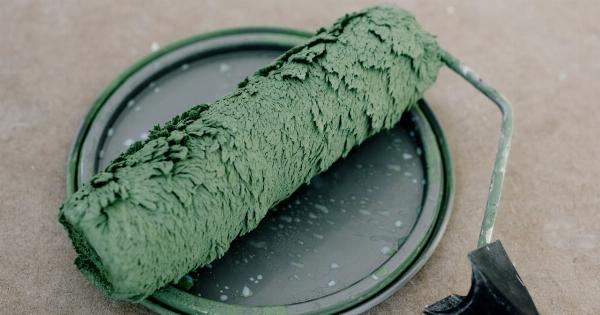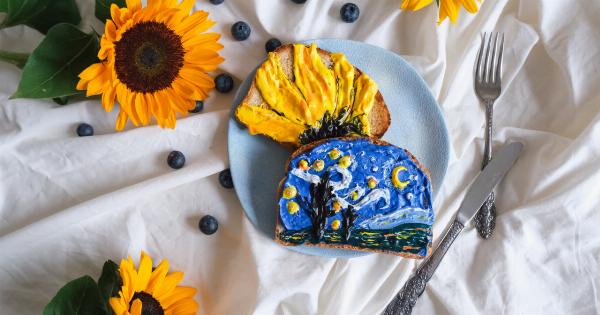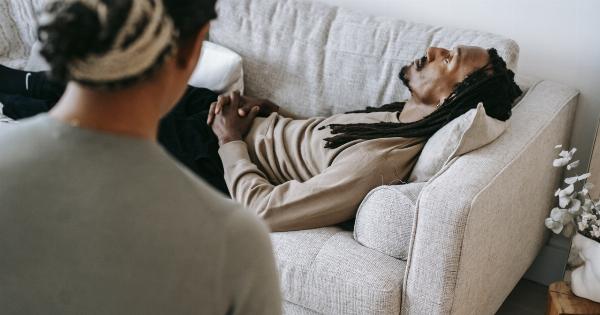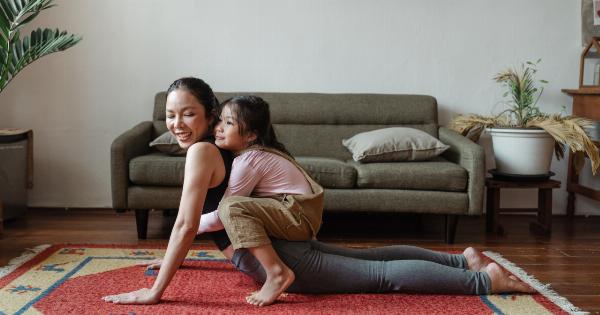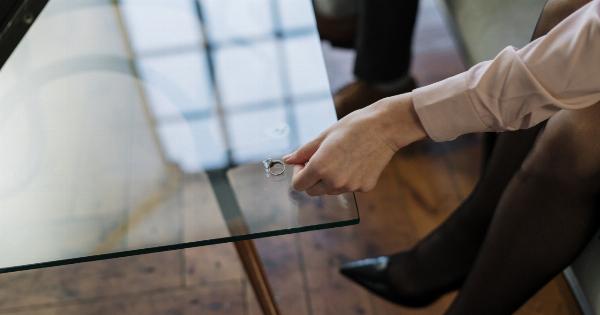Are you tired of your old hair color and looking to switch things up? DIY hair dye might be the solution for you. But before you grab that box of hair dye off the shelf, it’s important to do your research.
In this article, we will provide you with the results of a survey conducted on DIY hair dye, giving you all the information you need to know before taking the leap.
The Popularity of DIY Hair Dye
DIY hair dye has become increasingly popular in recent years. With the rise of social media and influencers, there is a growing trend of people opting to dye their hair at home instead of visiting a salon.
Convenience, cost-effectiveness, and the ability to experiment with different colors are some of the reasons why DIY hair dye has gained so much traction.
Survey Methodology
In order to gather insights on the DIY hair dye trend, we conducted a survey with 1000 participants. The survey was designed to understand people’s experiences, preferences, and concerns related to DIY hair dye.
Let’s take a look at the key findings:.
Favorite Hair Dye Brands
When it comes to DIY hair dye, there are countless brands available in the market. Our survey revealed that the top three favorite hair dye brands among respondents were:.
- Brand A – 34% of respondents
- Brand B – 28% of respondents
- Brand C – 18% of respondents
Most Preferred Hair Colors
The next question we asked participants was about their most preferred hair colors for DIY hair dye. Here are the top choices:.
- Blonde – 42% of respondents
- Brunette – 30% of respondents
- Red – 15% of respondents
- Other – 13% of respondents
Gender Differences in DIY Hair Dye
We also wanted to understand if there were any gender differences when it came to DIY hair dye. Interestingly, our survey revealed that:.
- 62% of female respondents have tried DIY hair dye
- 38% of male respondents have tried DIY hair dye
Pros and Cons of DIY Hair Dye
While DIY hair dye offers convenience and cost-effectiveness, it also comes with its own set of pros and cons. Here’s what our survey participants had to say:.
Pros:
- Ability to experiment with different colors
- Saves money compared to salon visits
- Can be done at any time and in the comfort of your own home
Cons:
- Difficult to achieve professional-looking results
- Potential damage to hair if not done correctly
- Color fading or inconsistency
Tips and Tricks for Successful DIY Hair Dye
If you decide to try DIY hair dye, it’s important to follow some tips and tricks to achieve the best possible results. Here are the top recommendations from our participants:.
- Choose shades that are close to your natural hair color
- Perform a patch test before applying the hair dye all over
- Read and follow the instructions carefully
- Use a deep conditioning treatment afterwards to nourish the hair
Seeking Professional Help
Despite the popularity of DIY hair dye, there are still some situations where seeking professional help is advisable. Our survey found that:.
- 61% of respondents have sought professional help after a DIY hair dye mishap
- 72% of respondents believe that certain hair colors are best left to professionals
Conclusion
DIY hair dye is a trend that’s here to stay. It offers convenience and cost-effectiveness, allowing individuals to experiment with different hair colors from the comfort of their own homes.
However, achieving professional-looking results can be challenging, and there is a risk of hair damage if not done correctly. It’s important to weigh the pros and cons, follow the tips and tricks, and consider seeking professional help when needed to ensure the best outcome.








